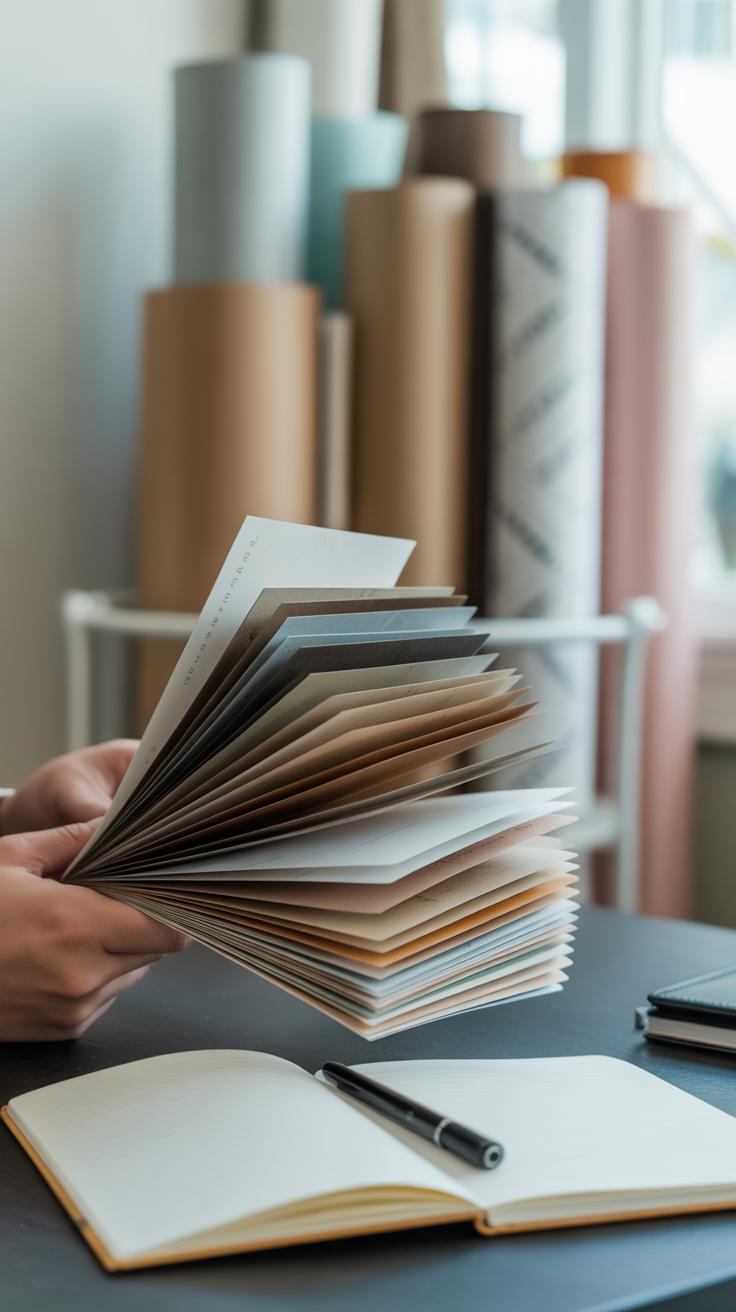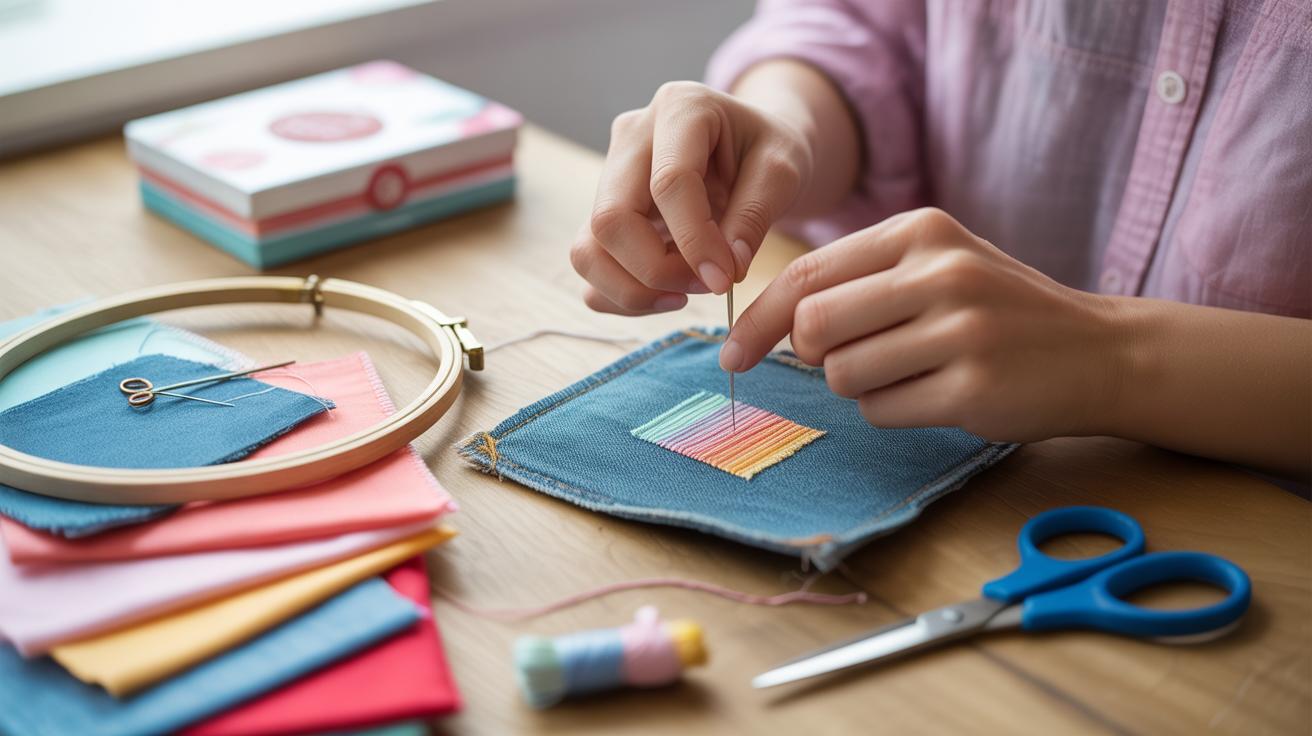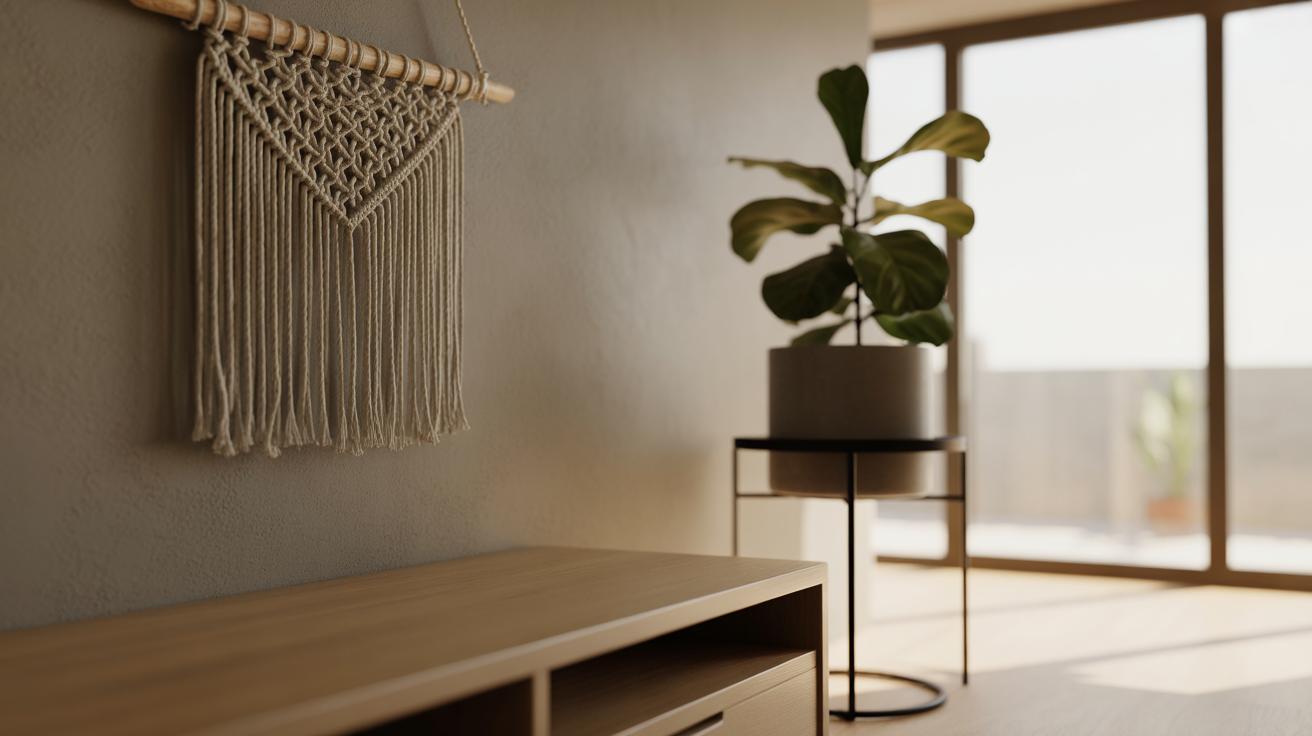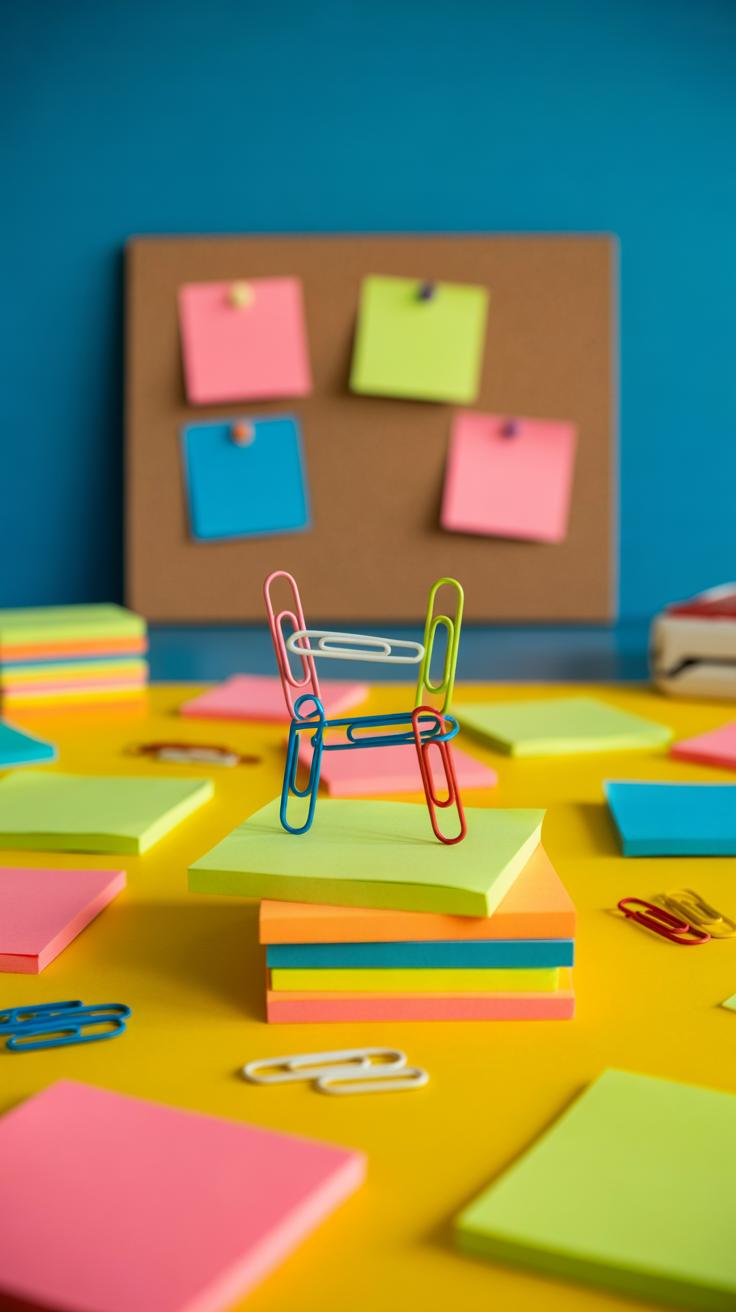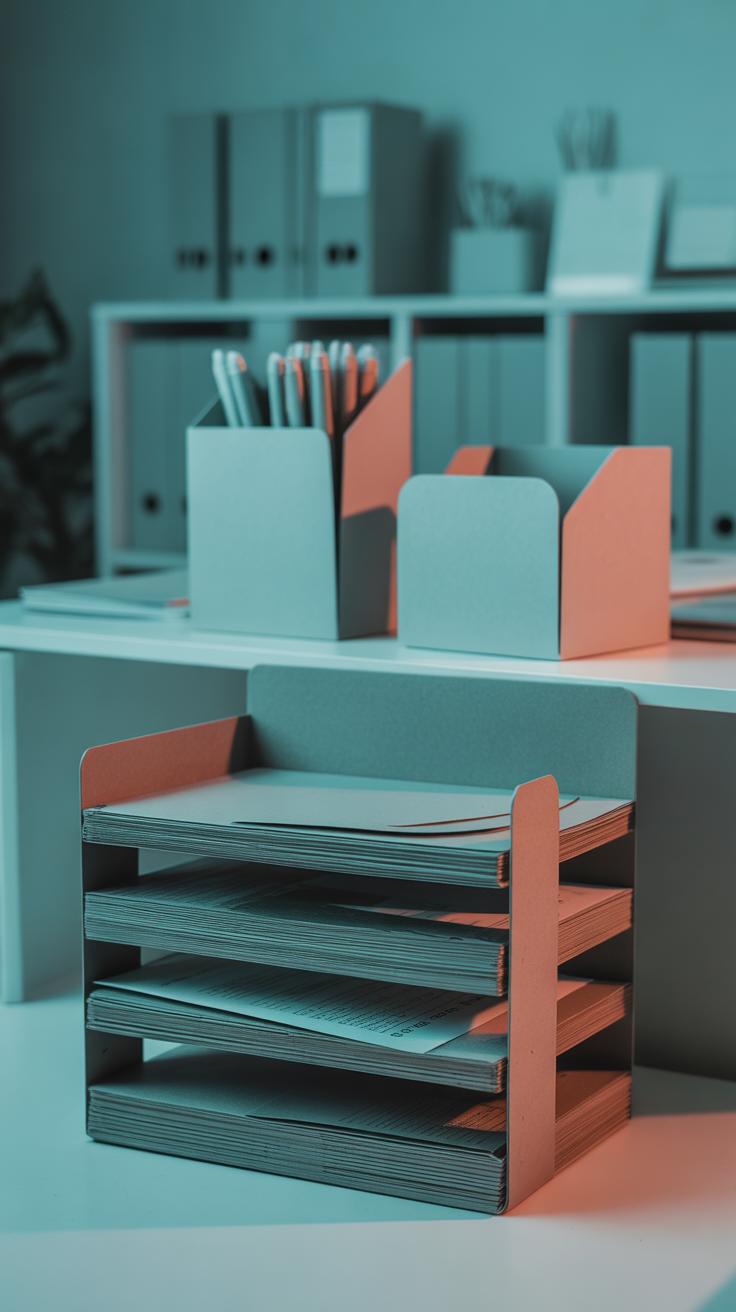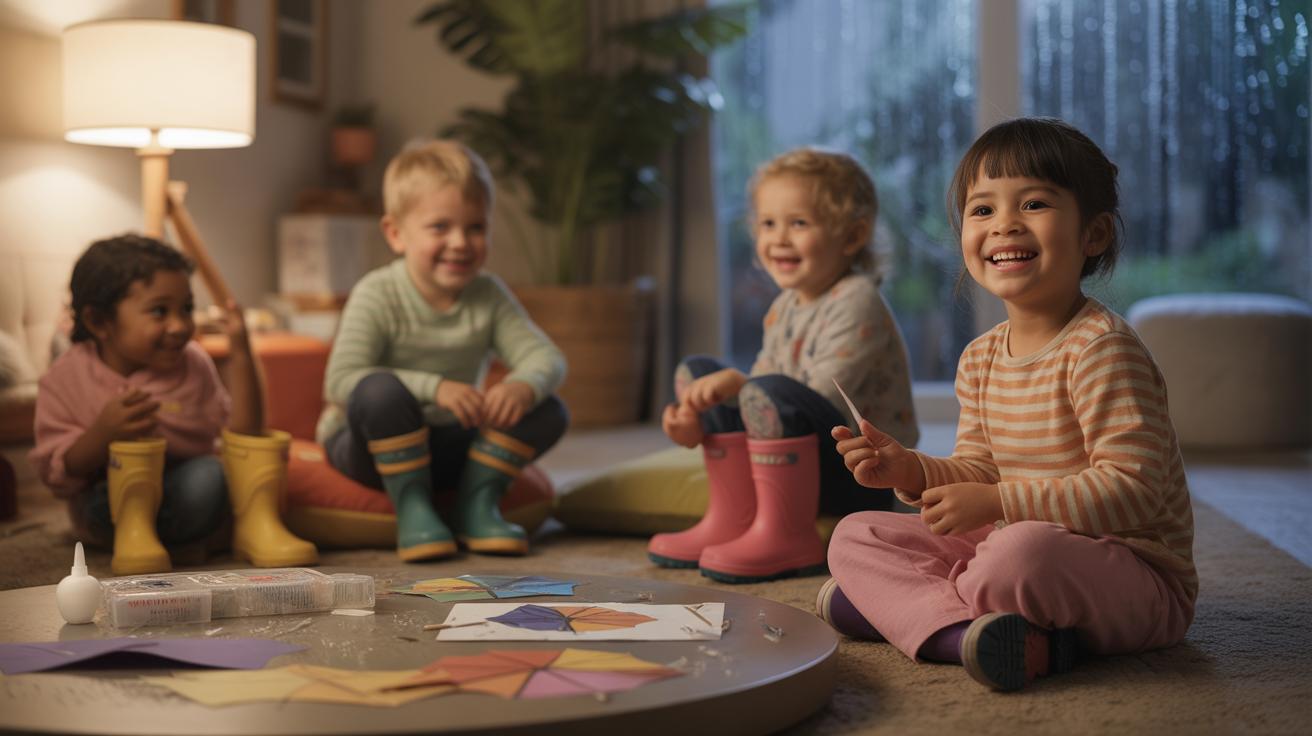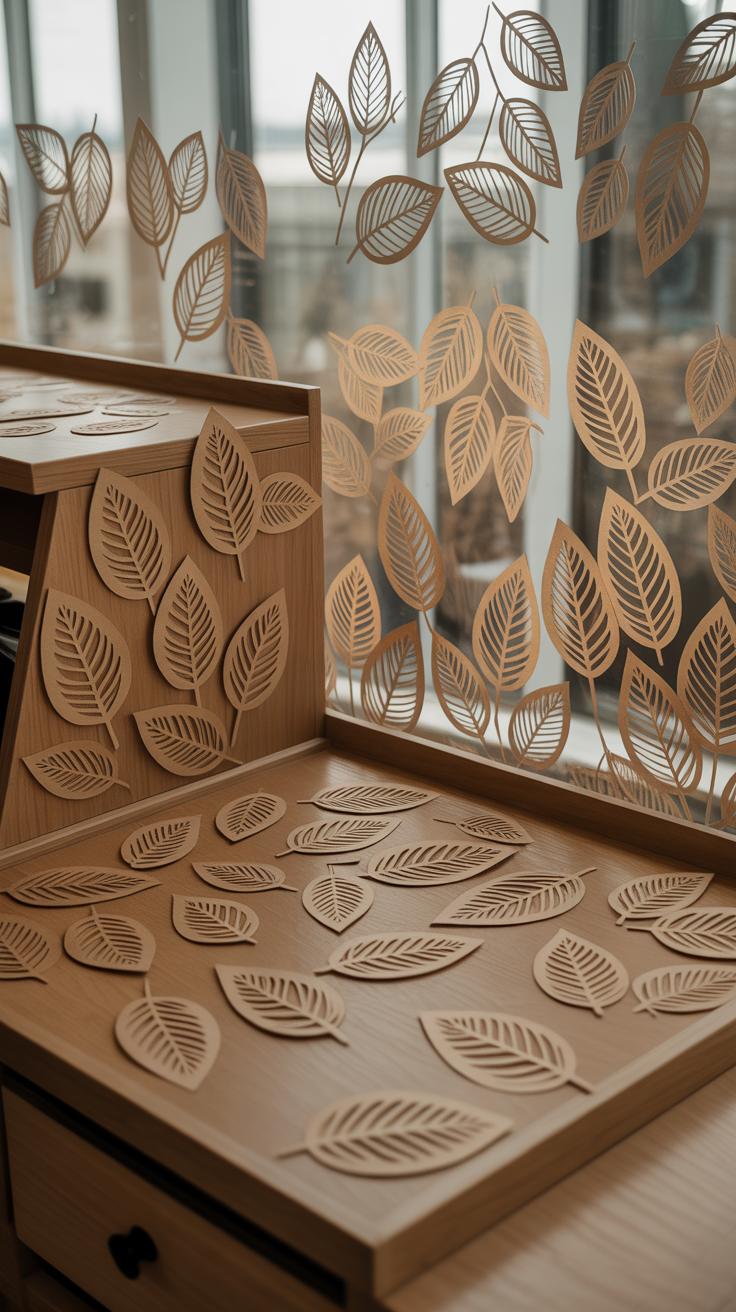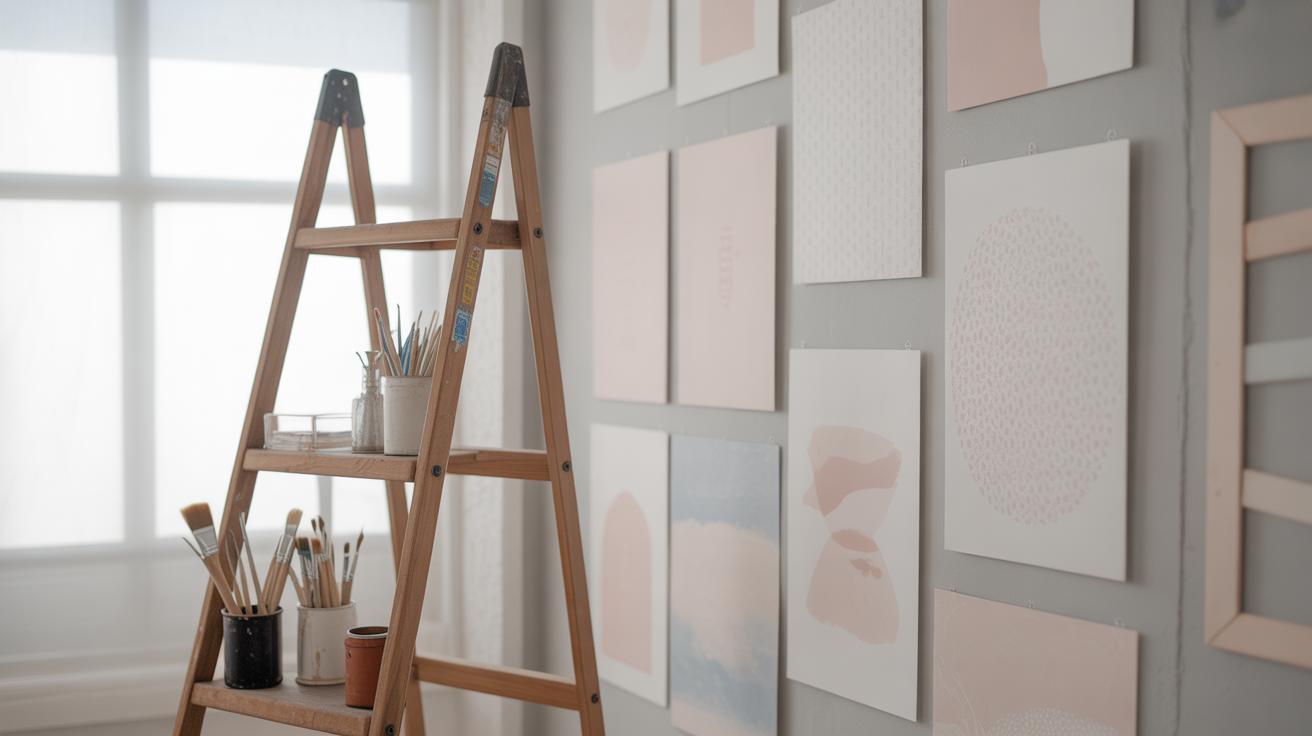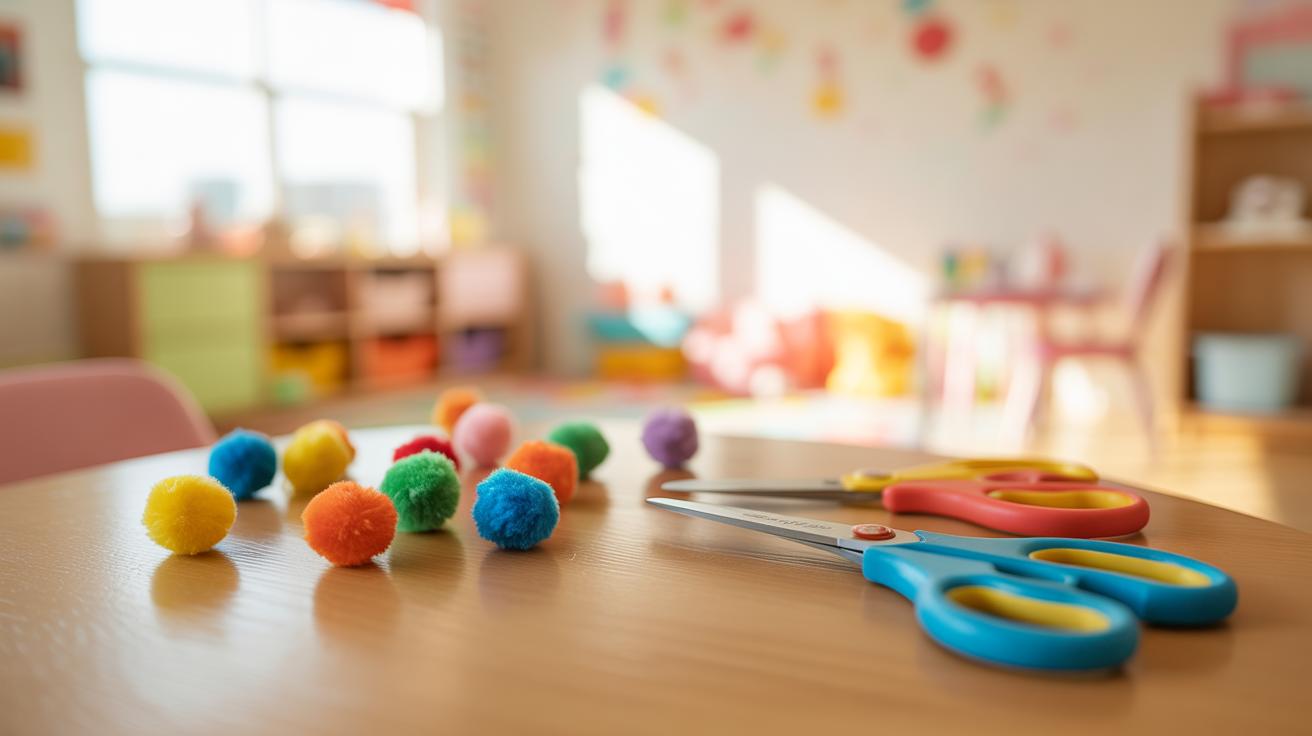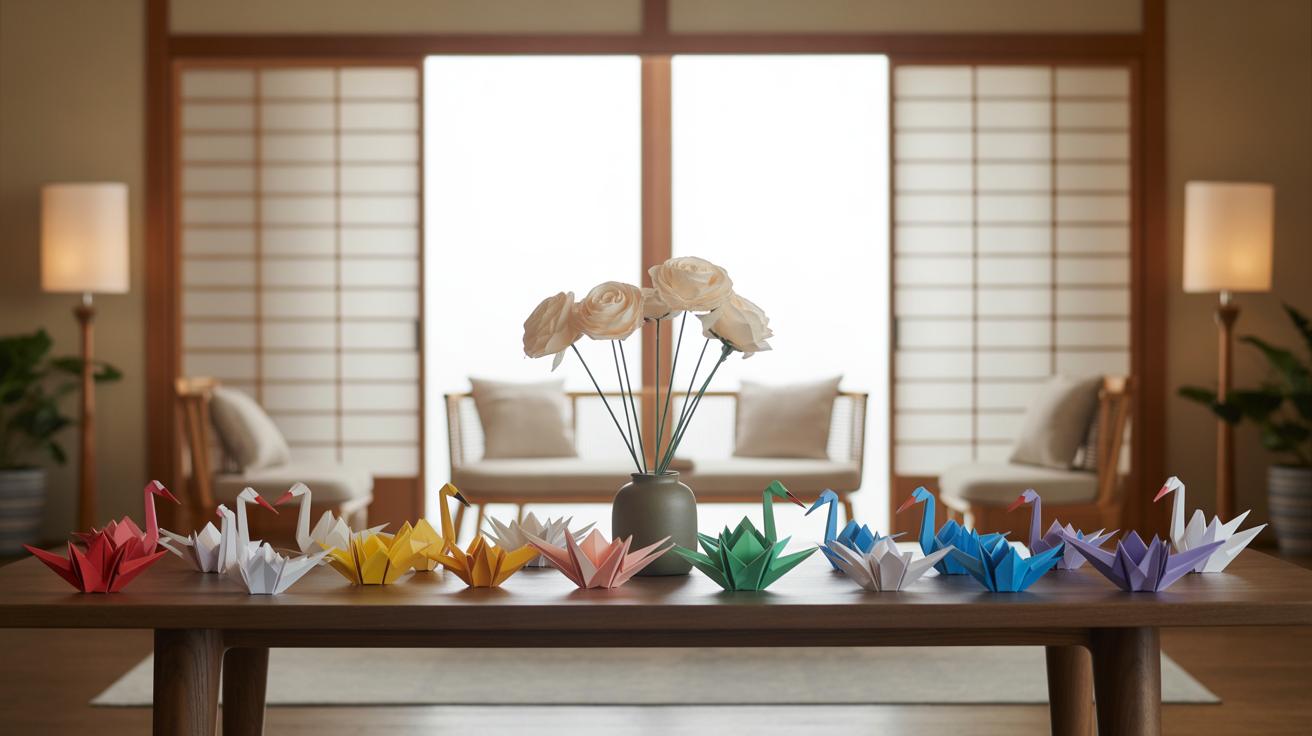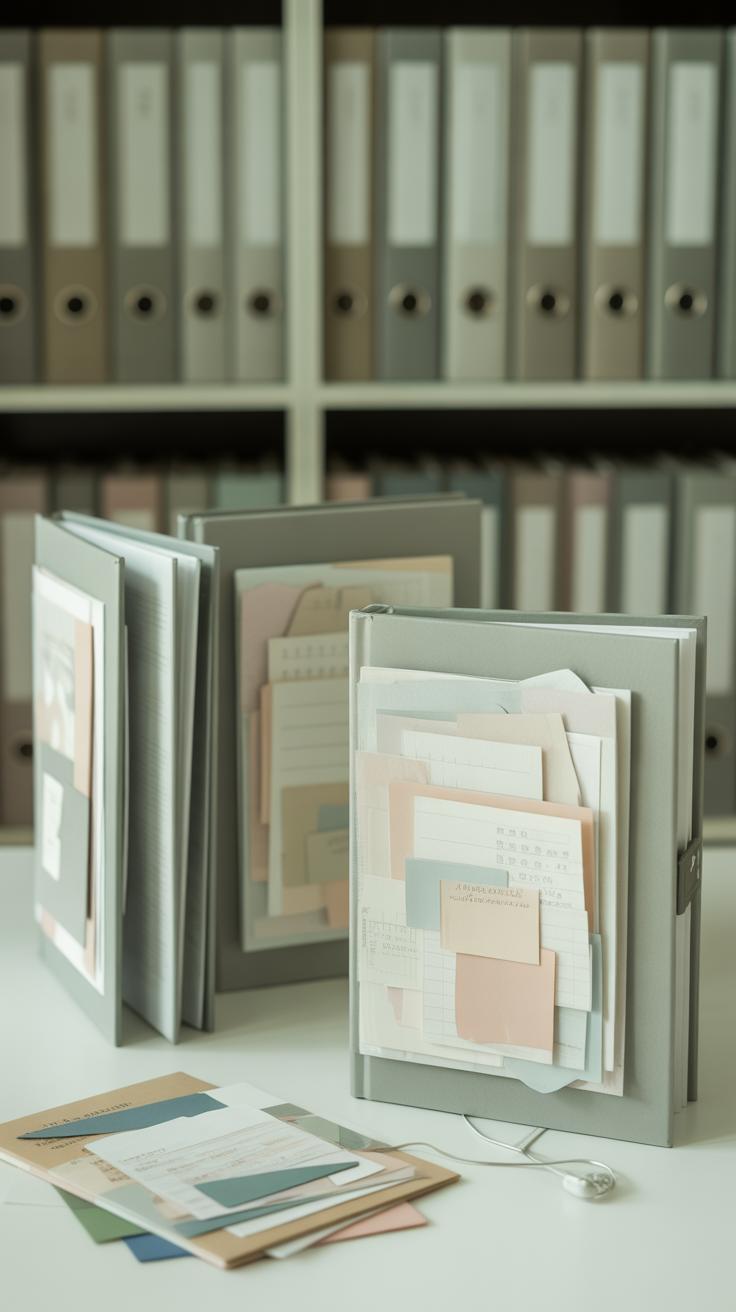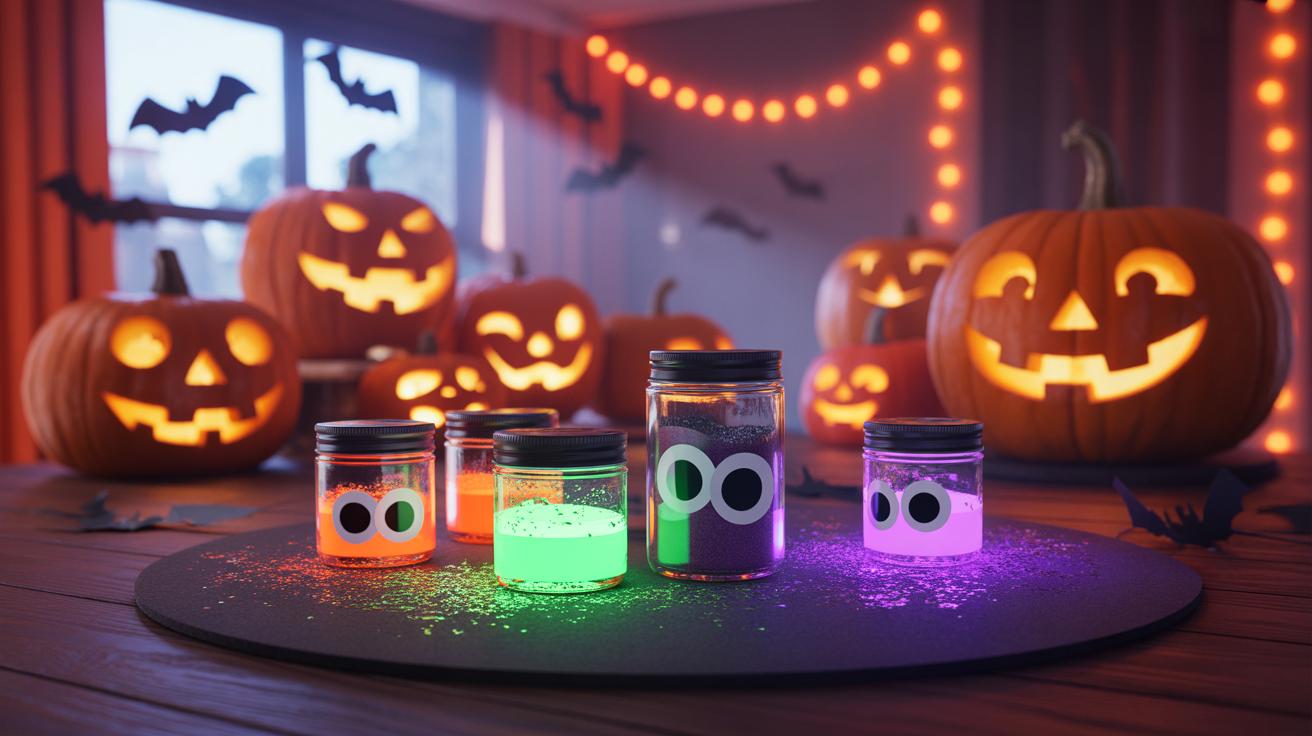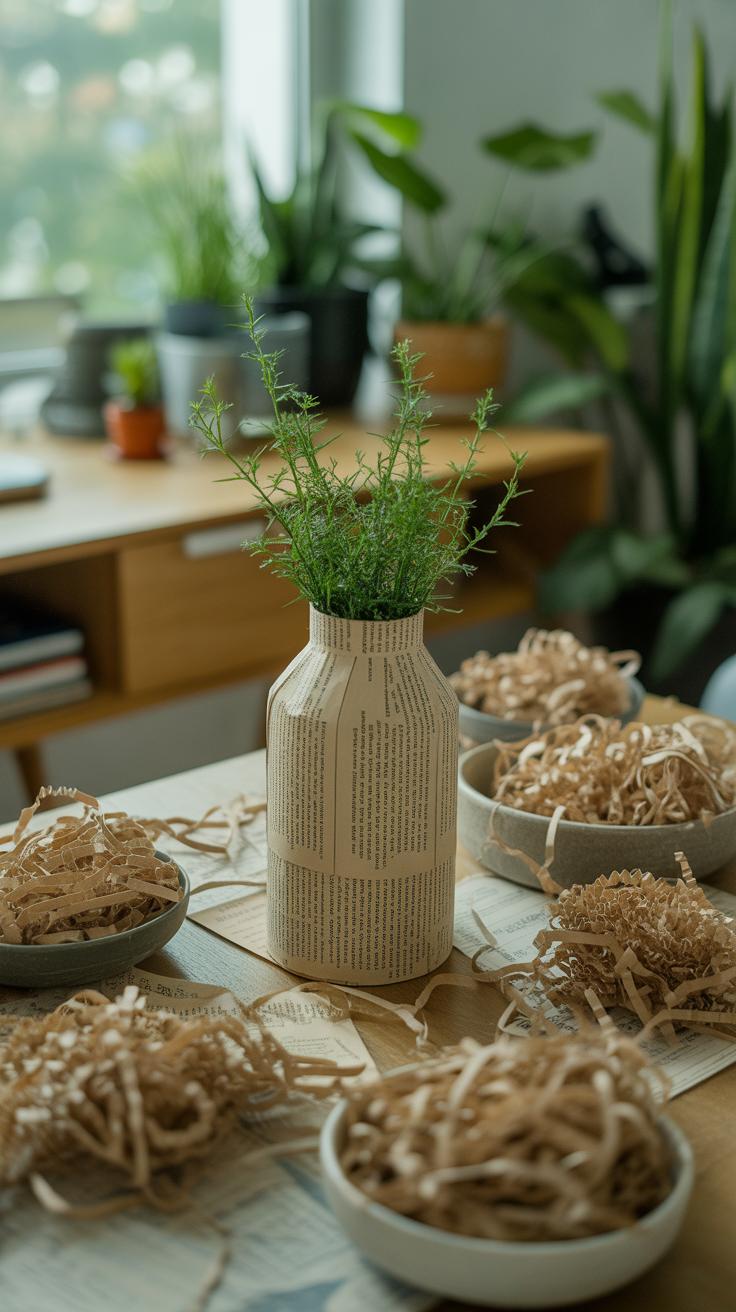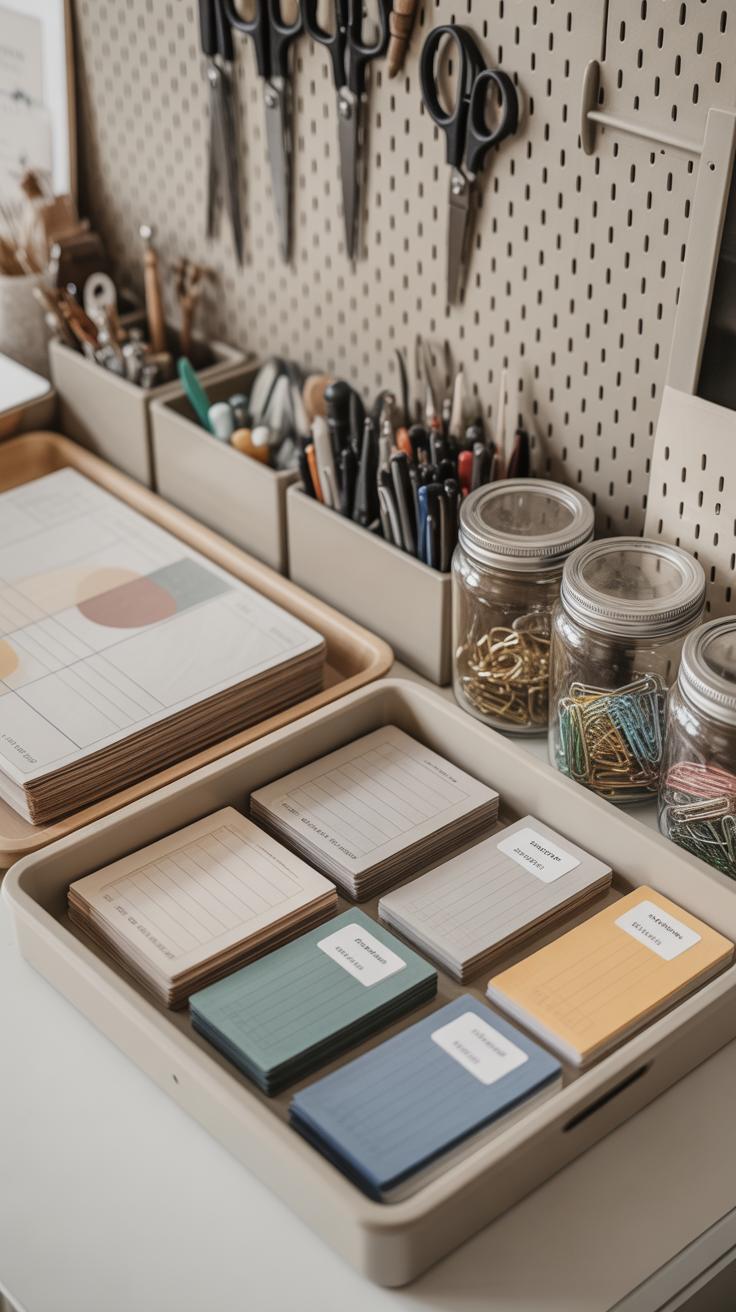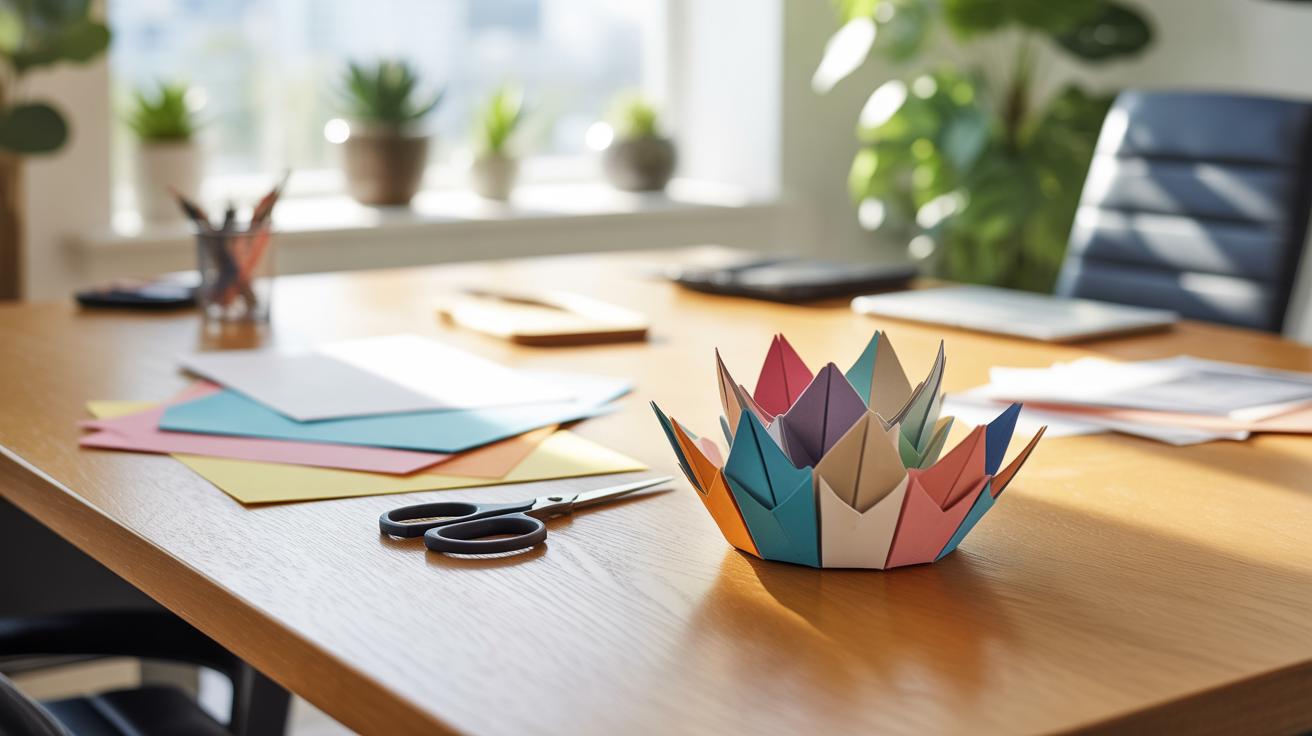
Cool Paper Crafts To Transform Office Supplies
Introduction
Cool paper crafts let you change plain office supplies into exciting creative projects that brighten your workspace. Paper crafts involve folding, cutting, and shaping paper into different forms and objects. This kind of crafting is easy and inexpensive because paper is simple to get and work with.
In this article, you will explore many ideas to make everyday office items special. You will learn how to fold paper to make fun things, cut shapes for decoration, and use simple tools to create art. These projects help you enjoy your office time more and personalize your space.
Choosing the Right Paper for Office Crafts
Not all paper is created equal when it comes to crafting, especially with office supplies. You might have plenty of printer paper lying around, but is it always the best choice? Maybe sometimes yes, sometimes no. It depends on what you want to make.
Printer paper is thin and easy to fold, so it works well for intricate origami or detailed folding projects. But if your craft needs more structure—like a pop-up card or a sturdy sculpture—it might feel flimsy or tear too easily.
Construction paper is thicker and often brighter, which makes your creations stand out visually. It holds up better when folded multiple times or when glued into layers. Still, it can be less precise for tiny cuts because of its texture. You might find it frustrating if you want neat, sharp edges.
Cardstock sits somewhere between the two. It offers durability without being too stiff, making it ideal for more elaborate designs or things you want to last. It accepts glue and ink well, but it can be harder to fold sharply without cracking.
- Use printer paper for detailed folds or quick practice.
- Try construction paper for colorful, bold designs.
- Reach for cardstock when you need durability and form.
Choosing paper is often about experimenting. Don’t hesitate to mix types or switch as you go along. Sometimes a craft calls for unexpected paper choices, and you discover what works best only after trying. So, what’s sitting on your desk right now? Maybe it’s begging to be more than just a blank sheet.
Types of Paper Commonly Found in Offices
Office environments offer a surprising variety of papers that work well for crafting. Plain white printer paper is the most common—it’s smooth, thin, and flexible. It’s good for simple folds or quick sketches, though it’s not the sturdiest option when you need something durable. Then there’s construction paper, thicker and textured, usually in bright colors. It holds up better in shapes that need to stand or layers that need strength, but its rough texture might make folds less crisp.
Cardstock is thicker still—the heavyweight champion in the office supply cabinet. It’s less bendy but perfect for 3D projects or anything needing structure. Some cardstock is glossy, some matte, which affects how glue sticks or how paper folds, so keep an eye on that when choosing.
Matching Paper Types to Craft Projects
Thinking about what you want to create helps decide the paper. For delicate folds, like those needed in intricate origami or detailed cutouts, plain printer paper works well since it’s thin and easy to bend. But when making pop-up elements or layered cards, you want something with weight—cardstock fits here better because it holds its shape.
Construction paper shines in projects that need bold colors and a bit of thickness, say, making simple handmade bookmarks or fun paper garlands. It’s less useful for tiny precise folds, though. I once tried a complex star out of construction paper, and the folds just didn’t hold tight.
So, if your project is mostly folding with minimal cutting, consider printer paper. Lots of cutting or 3D shapes? Cardstock is your friend. Trying to add color without fuss—construction paper is handy. Of course, you might find yourself mixing papers just to get the best of each world.
Folding Fun with Paper Clips and Sticky Notes
Making Paper Clip Bookmarks
Turning paper clips into bookmarks is surprisingly simple, and you don’t need fancy tools — just some paper and a little folding patience. Start by cutting a small square or rectangle from your scrap paper, about two inches wide. Fold it into a triangle or a tiny heart shape, something that easily slips over the top of a paper clip without falling off.
Once you have the shape, slide the paper carefully over one end of a paper clip so it acts like a little flag. This instantly adds personality to your files or notebooks. I found that folding simple stars or tiny envelopes makes it easier to spot important pages at a glance, but really, you can try anything. Want to make it more colorful? Mix in some colored paper or doodle on your shapes before folding. It’s both practical and fun, though admittedly, some shapes last longer than others.
Sticky Note Art for Your Desk
Sticky notes aren’t just for reminders; they fold and layer into neat, quirky shapes that brighten up your desk space. Try folding individual sticky notes into small birds or cubes, then stack or arrange them in rows. You can create a kind of mosaic or a layered effect by using different colors and slightly overlapping each note.
This isn’t about making perfect origami—some folds might look off or need a second try, which is part of the appeal. Plus, the sticky edge helps hold pieces together, so glue or tape isn’t always necessary. I once made a little pyramid structure that held a few pens and it totally changed how my desk felt. It’s odd how something so simple can make the mundane feel a bit more interesting, right?
Creating Paper Organizers from Office Supplies
Using recycled office papers to craft organizers feels pretty satisfying. You can clear some clutter and, at the same time, enjoy a bit of hands-on creativity. For instance, making a desk tray from thick paper or cardstock isn’t as complicated as it might sound. Just fold the edges upward, pinching sharp creases, and reinforce corners by overlapping paper layers. If the tray feels flimsy, adding a second folded sheet inside can help it hold tiny notes or paperclips without collapsing.
Another neat craft involves forming pen and pencil cups from paper tubes or sheets folded into cylinders. You can start with a scrap paper rolled tightly and glued or taped securely to stand upright. Decorating these with subtle patterns or even handwritten labels makes your workspace look intentional—though, well, not everyone might agree on the “decorating part.” Sometimes simpler is cleaner.
These organizers don’t just hold stuff—they quietly nudge you toward tidiness. But you might wonder: are these paper containers sturdy enough to last? Maybe they won’t replace plastic holders entirely, but they hold up fine for light use. Plus, when they get worn, you can just fold a new one. That’s the charm, I think. Ever tried folding a stack of office scrap paper into a multi-section holder? It’s tricky but worth the attempt.
Cut Paper Decor for Office Walls and Desks
Cutting paper may seem simple, but it opens up a lot of creative possibilities to brighten up your workspace. You can use scissors or craft knives to make decorations like flowers, geometric shapes, or even intricate window art. These pieces give your office a personalized vibe without needing fancy materials or too much time. It’s often surprising how just a few careful cuts and folds can add something fresh to drab walls or dull desks.
Start with easy designs and don’t be afraid to experiment. Sometimes, uneven edges and imperfect shapes lend character to your creations. The process can be calming too—there’s something satisfying about watching a plain sheet of paper turn into a colorful flower or a patterned piece of window art.
Simple Paper Flowers to Make
Making paper flowers might feel tricky at first, but it’s really just about layering cut shapes. You’ll want to cut petals in various sizes—some rounded, others pointed—to get a bit of variety. After cutting the petals, stack them, starting with the biggest at the bottom. A dab of glue or double-sided tape between each layer works fine to hold everything together.
Adding a small circle or rolled paper bit in the center helps make it look finished. Using bright colors or mixing patterns can make your flowers pop against white walls or plain desks. Personally, I keep a bunch of these scattered around my office; they brighten up the space without needing water or sunlight, which is a definite plus.
Symmetrical Cut Designs for Windows
Folded paper patterns are an easy way to decorate windows. Begin by folding a square piece of paper several times—usually into halves or thirds—before cutting small shapes along the edges. When you unfold it, symmetrical patterns like stars or snowflakes appear. It’s kind of like making little paper puzzles that catch light and shadow differently throughout the day.
You can stick these cut-outs on windows with bits of tape or removable adhesive. The natural light coming through the cut sections casts cool shapes around the room. It’s neat to think these simple designs can change how a room feels, just by playing with shadows and shapes. You might find yourself trying more complicated folds over time or experimenting with different paper types.
Using Paper Folding to Make Office Toys
Folding paper into simple toys can be a surprisingly effective way to break up the workday. When you fold a paper airplane or a fortune teller, you’re doing more than just passing time—you’re giving your brain a little reset. These small crafts invite a brief moment of playfulness, which might just spark fresh ideas or ease tension.
Paper planes come in many designs, some easy to make, others a bit tricky but more fun to fly. Try folding a classic dart plane for distance, or experiment with a glider that floats gently across the room. Each fold changes the plane’s behavior—do you want speed or stability? It’s almost scientific, really.
Fortune tellers, on the other hand, have a social vibe. Folding one is quick, and using it opens a little window to casual conversation with colleagues. You customize the fortunes or tasks inside, making it a playful break that can break awkward silences or spark laughter.
Spinning tops created by folding and twisting paper add another tactile element. They take a bit more trial and error to balance right. But once you get that satisfying spin, it’s oddly calming. Have you ever noticed how something so simple can help you momentarily forget deadlines? It feels like a small victory, really—a brief escape you can carry in your pocket.
Decorating Notebooks and Files with Paper Crafts
Personalizing notebooks and files with paper crafts is a simple way to bring some character into your workspace. You might think it’s just about making things look nicer, but it can also help you stay organized and even protect your materials a bit better.
Crafting Personalized Notebook Covers
One of the easiest approaches is to attach a paper cover or wrap to your notebook. You can use thicker paper or lightweight cardstock, decorate it with cutouts, patterns, or even paint, then carefully glue or tape it onto the original cover. This not only changes the style but adds a layer that can resist scuffs or accidental spills.
Try folding the edges of the paper wrap around the notebook’s sides, securing it on the inside covers—this makes it less likely to peel off during daily use. I remember once using scrapbooking paper with floral prints to cover a plain notebook, and it instantly felt more special. You don’t have to be super precise; uneven edges or slight creases actually give a handmade vibe that’s kind of charming.
Making Paper Labels and Tabs
File organization improves a lot with colorful paper labels and tabs. Creating these from folded or cut paper can turn bland folders into pieces that are easy to find and fun to use. Consider using different shapes—flags, arrows, or simple tabs—that stand out visually. You can write directly on them or stick on mini paper inserts.
These tabs can be attached with double-sided tape or glued so they peek out for quick reference, adding a bit of personality to what might otherwise seem dull. I’ve noticed when files catch the eye because of their unique labels, people tend to approach them more readily. It raises the question—does a bit of flair make office work less tedious? Maybe. At least it brightens your daily routine.
Incorporating Paper Crafts into Office Presentations
Paper crafts can bring a surprising level of engagement to office presentations. Maybe you’ve sat through a meeting where slides just scroll by, and the room slowly loses focus. Using simple paper models or foldable charts might shake things up a bit. They offer a tactile element that’s often missing in screen-based presentations. You don’t need to be an artist to create something useful—often, basic folding or cutting techniques can turn plain paper into a helpful talking point.
Trying out these little projects can make participants more curious and even encourage interaction. For example, passing around a small paper model helps people grasp complex ideas in a hands-on way instead of just listening or watching. It’s easy to forget how much impact a physical object can have in communication.
Creating Paper Models for Visual Aid
Making 3D paper models for presentations is simpler than many think. Start with basic shapes—cubes, pyramids, or layered cards—that can represent concepts like timelines, product parts, or organizational charts. Cutting and folding some cardstock or regular paper takes just minutes and can clarify ideas that might otherwise seem abstract.
In one meeting I attended, a presenter used paper models to show stages of a project. Pass these around, let people hold them, turn them over. It’s almost like turning invisible thoughts into something real. You don’t have to make every detail perfect; even rough-cut shapes work if they suggest the right information.
Foldable Charts and Flashcards
Foldable charts and flashcards bring flexibility and interaction to meetings. You can design charts that unfold step-by-step or flashcards that emphasize key points. Imagine having a set of flashcards on project phases or statistics that you flip through, pausing when needed for discussion.
Such tools let you present information in bite-sized chunks. They also encourage questions—people often grab or point at these, making the session feel less like a lecture and more like a conversation. If you create these with color-coding or tabs, the effect is even clearer.
Have you thought about trying this next time you lead a discussion? Just by folding a few sheets differently, you might find it easier to capture attention and make your ideas stick. It’s worth trying out, even if you never expected paper crafts to boost office chatter this much.
EcoFriendly Paper Crafting with Recycled Office Materials
Saving paper scraps from your office desk can feel like a small thing, but it really adds up when you start using those bits creatively. Instead of tossing every leftover piece from your printouts or cutting mistakes, try setting them aside in a box or folder. Over time, you’ll gather enough to make collages, paper mosaics, or even little folded shapes. I found that arranging small scraps by color or texture makes it easier to grab what you need without digging through chaotic piles.
Old file papers often seem useless once their original purpose fades. But cutting them into strips or folding them can give them new life as wall decorations, bookmarks, or organizers for your desk. One day, I sliced up a worn manila folder and crafted a series of mini envelopes for loose notes—simple, but it saved me from buying fancy office supplies. You might be surprised how basic cuts and folds turn dull paper into something functional and even a bit charming.
Think about the waste you generate daily—reclaiming some of that paper not only helps the environment but also keeps your crafting budget low. Could this small habit spark bigger ideas? Perhaps you’ll find yourself with a stash of materials perfect for an unexpected creative burst at work.
Organizing Your Paper Craft Materials in the Office
Storage Ideas for Paper and Supplies
Keeping your craft papers and tools in order can feel like a never-ending task, especially when you have lots of scraps and different materials. I find that clear plastic containers work well because you can see everything without rummaging. If you want something cheaper or more customizable, try making simple folders from leftover cardboard. Labeling them can help, but sometimes I skip that and rely on color coding instead—it’s a bit less exact, but often quicker.
Bins with compartments are also handy for small tools like scissors, glue sticks, and pens. Standing file organizers, the kind used for documents, can hold different paper types upright, so they don’t get crumpled. If your space is tight, stackable drawers can give you extra storage without taking up too much room. You could even repurpose an old shoebox, just line it with decorative paper and you’ve got a unique storage spot.
Keeping Your Workspace Clean and Ready
Honestly, the hardest part is maintaining order once you’ve set it up. I try to tidy my workspace at the end of each crafting session. Even just five minutes makes a difference. Having a small trash bin or recycling box right beside you helps catch scraps immediately rather than letting them pile up.
Try not to let projects linger too long on your desk. Finished crafts deserve their own space—maybe a designated shelf or drawer—so your work area stays clear. Sometimes I find myself stacking things too high, reminding me to slow down before jumping into another craft. Keeping some wipes handy also means you can quickly clean glue spots or pencil marks, which keeps the space inviting and ready for the next idea.
Conclusions
Paper crafts offer you practical ways to add personality and style to your office supplies. By folding, cutting, and arranging paper, you can turn plain items into fun and useful art pieces. This helps you feel more connected to your work environment and sparks creativity during your day.
Trying these paper projects can also make your office more welcoming and organized. As you practice, you find new ways to use your skills and create unique decorations and organizers. You can easily share what you make with others to inspire them too.

